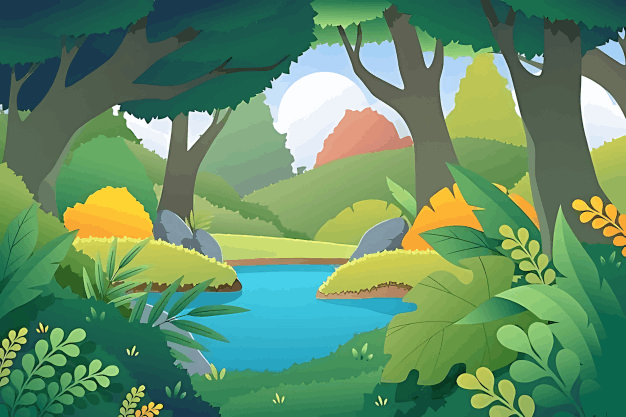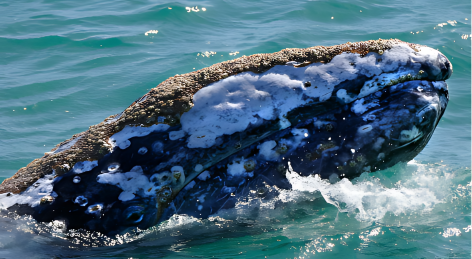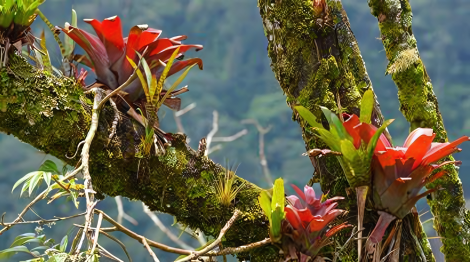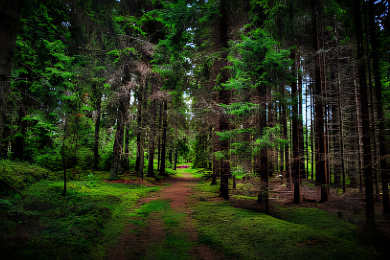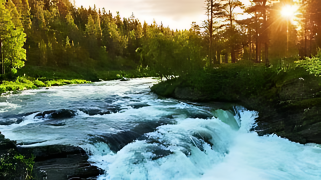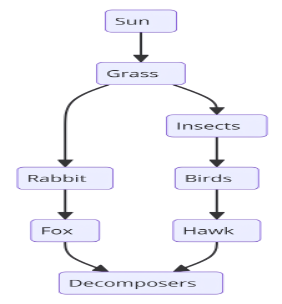Ecological studies involve using various tools and
techniques to measure and analyze ecosystem components.
These tools help ecologists gather data on species
populations, environmental conditions, and interactions
within ecosystems.
and making informed conservation decisions. Ecologists use a
combination of fieldwork, laboratory analysis, and remote
sensing to study ecosystems at different scales and levels
of complexity.
Fieldwork involves direct observation and sampling of
organisms and environmental parameters. Laboratory analysis
allows for detailed examination of collected samples, such
as soil composition, water quality, and genetic analysis.
Remote sensing and geographic information systems (GIS)
enable ecologists to monitor large areas and track changes
over time.
-
Examples:
-
Quadrats: Used to sample plant populations. Quadrats are square
frames placed on the ground to define a specific area
for study. Researchers count and record the species
within the quadrat to estimate population density and
diversity.
-
Transects: Used to study changes in vegetation across a habitat.
Transects involve stretching a line or tape measure
across an area and recording the species encountered
along the line. This method helps assess spatial
patterns and gradients in ecosystems.
-
Activities:
- Field Study:
Conduct a survey of a local ecosystem using quadrats and
transects. Record the types and numbers of different
species.
-
Data Analysis: Analyze
collected data to determine species diversity, population
density, and environmental gradients.Accurate data
collection is essential for understanding ecological
dynamics, identifying trends.
